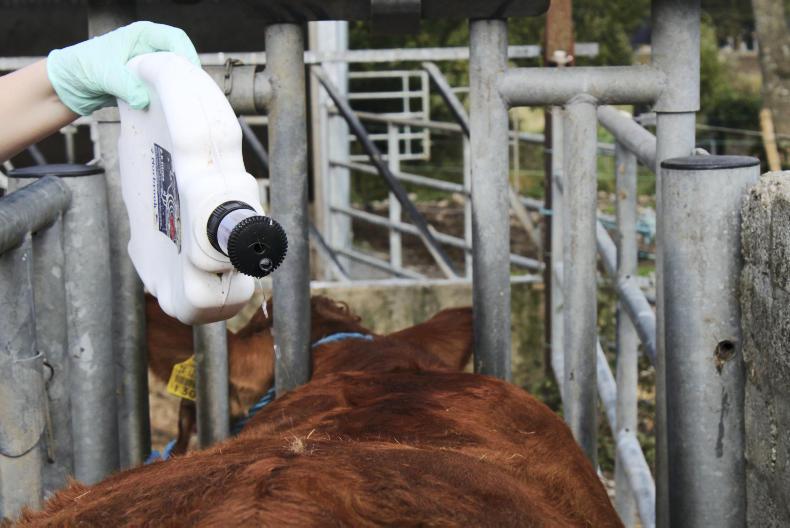Having healthy animals is paramount to profitable farming. You can invest in developing farm infrastructure, grassland and genetics, but if animal health is compromised, farm output will drop as milk yield and liveweight gain suffer.
Autumn and winter coincide with a period when animals come under increased risk from disease. Cattle and sheep face a growing challenge from parasites such as worms and fluke. Respiratory diseases also become an issue, especially in young stock, as weaning takes place.
Cattle tend to come under stress during the winter housing period, suppressing an animal’s immune system and making it vulnerable to disease transmission.
Many farmers choose to operate an autumn-calving herd. Having top-class hygiene in cattle housing is crucial to reduce the build-up of pathogens in calving pens as newborn calves have no natural immunity until they have received colostrum.
Good hygiene in cattle housing should continue throughout the winter period, especially in relation to young calves to prevent issues such as scour developing. Providing clean, dry bedding in creep areas will go a long way to having healthy, thriving calves.
In this special focus, we outline some of the more common risks to animal health to be on the lookout for this winter.
Aidan Brennan outlines best practice when it comes to drying off dairy cows. Jack Kennedy looks at the details behind the new Johne’s disease eradication programme.
Ciarán Lenehan gives an overview on some of the nutritional risks associated with animal health, especially when it comes to finishing cattle on high-concentrate diets.
We also provide steps to minimise the health risks associated with buying in cattle this autumn. Cattle handling becomes more frequent during autumn as farmers carry out routine health treatments. William Conlon outlines some considerations when designing a new handling unit to ease the stress on both the operator and livestock.
